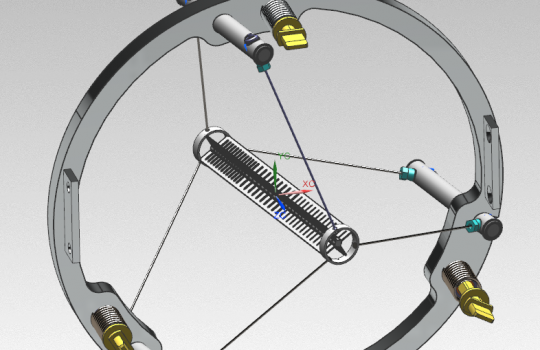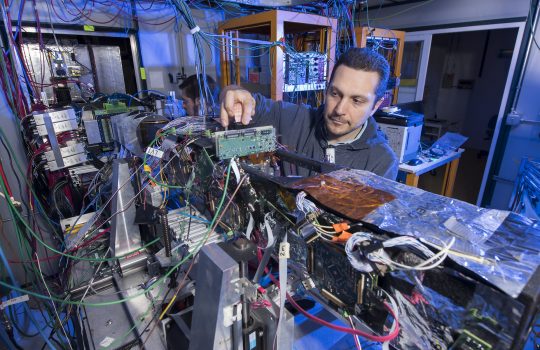CERN Council appoints Fabiola Gianotti for second term of office as CERN director-general
From CERN, Nov. 6, 2019: The CERN Council has selected Fabiola Gianotti as the organization’s next director-general, her second term of office. The appointment will be formalized at the December session of the Council, and Gianotti’s new five-year term of office will begin on Jan. 1, 2021. This is the first time in CERN’s history that a director-general has been appointed for a full second term.



